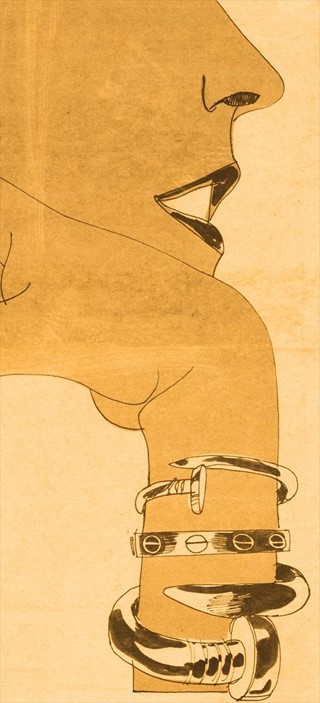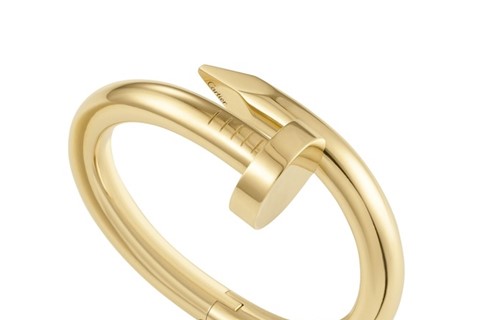At Cartier we focus on the object itself. Each item has to be intrinsically beautiful, we don’t impose a lifestyle to go with it...
“At Cartier we focus on the object itself. Each item has to be intrinsically beautiful, we don’t impose a lifestyle to go with it. Every potential customer has to invent that lifestyle. The 1970s is a very interesting period because jewellery was very much linked with social evolution. It is linked, of course, to where wealth is, but also to these social changes. That time is fascinating because we were in a distinct period of change. The development of Cartier is linked with the developments of different parts of the world, starting with the ‘new world’ that was America, where we have been since 1909. At the beginning of the 20th century most of our clientele was aristocracy, then you had the ‘café society’ – a selection of powerful and wealthy women leading society and mixing, for the first time, wealth and artistic value. Suddenly artists became present in this society. In the 1960s the ‘café society’ was diluted into the ‘jet society’ and there was this shift; the world began changing and travel became easier. People like Marisa Berenson were at the centre of this society. That is why it is a key period and I think our current Juste un clou exhibition highlights these changes and that evolution. You can see the traditional high jewellery clientele still there, the glamorous ladies, the wealth, alongside the appearance of a new clientele who were more involved in the world of arts, such as Andy Warhol who collected watches.
"At Cartier we focus on the object itself. Each item has to be intrinsically beautiful, we don’t impose a lifestyle to go with it. Every potential customer has to invent that lifestyle. The 1970s is a very interesting period because jewellery was very much linked with social evolution."
We always dreamt about reproducing the nail series and with the exhibition we wanted to show when it was produced and the context. We already had some materials in our archives, from advertisements, to articles in the press, so we had some idea of how it was perceived in the 1970s. We wanted to celebrate that common period between the work of Aldo Cipullo, the work at Cartier, and talk about New York in the 1970s. What is interesting is that the period isn’t very well known. Usually when people think about Cartier they know the introduction of platinum, the avant-garde style at the beginning of the 20th century and that Cartier is a pioneer of the art deco period, but they don’t know about the works produced in the 1960s and 70s.”
The 1970s was a distinct but relevantly unknown period in the history of Cartier as head of patrimony and heritage Pierre Rainero explains to AnOther. It was an era heavily dominated by two events, the sale of a 69.42-carat diamond to Richard Burton for over a million dollars and the release of the iconic "Love" bracelet. Last week also saw the re-launch of Cartier’s "Juste un clou" (just a nail) series, first designed in 1971 by Aldo Cipullo. Often overshadowed by the success of the Love bracelet, it marked an innovative moment in the brands history – transforming an everyday object into luxury jewellery. The collection embodied the revolutionary spirit of New York in the 70s, reflecting the emerging art scenes and the influence of social change. “I started to think about the real world, about American technology. Then I started to look around at the day-to-day items, which compose our lives, and I could see a nail could be taken out of its usual category and become something else. We are surrounded everywhere by things that are bolted down or nailed, and I don’t think anybody will ever replace that” Cipullo explained in 1971. The new works are housed in an intimate exhibition in the Neo-Renaissance building of the Cartier Mansion in New York, alongside key pieces from Cipullo’s five years at Cartier. Available for the first time in yellow, pink and white gold, and with the addition of diamonds it sees the reinvention of a timeless and pioneering collection. Archive images, advertisements and press cuttings are also displayed on interactive screens whilst rare jewellery pieces are on display for the first time.
Juste un clou is at the Cartier Mansion, 5th Avenue, New York until May 8.
Text by Isabella Burley


